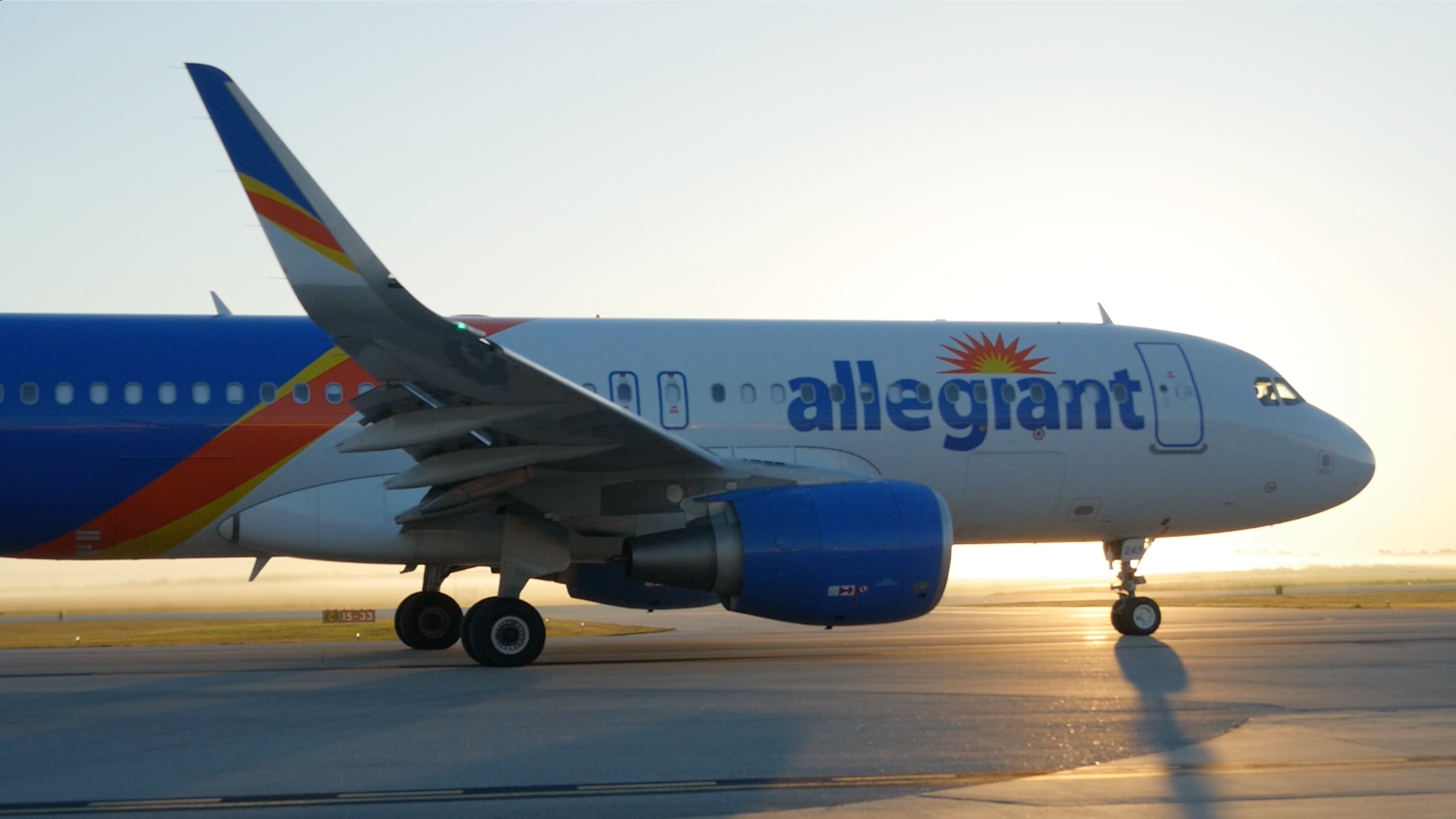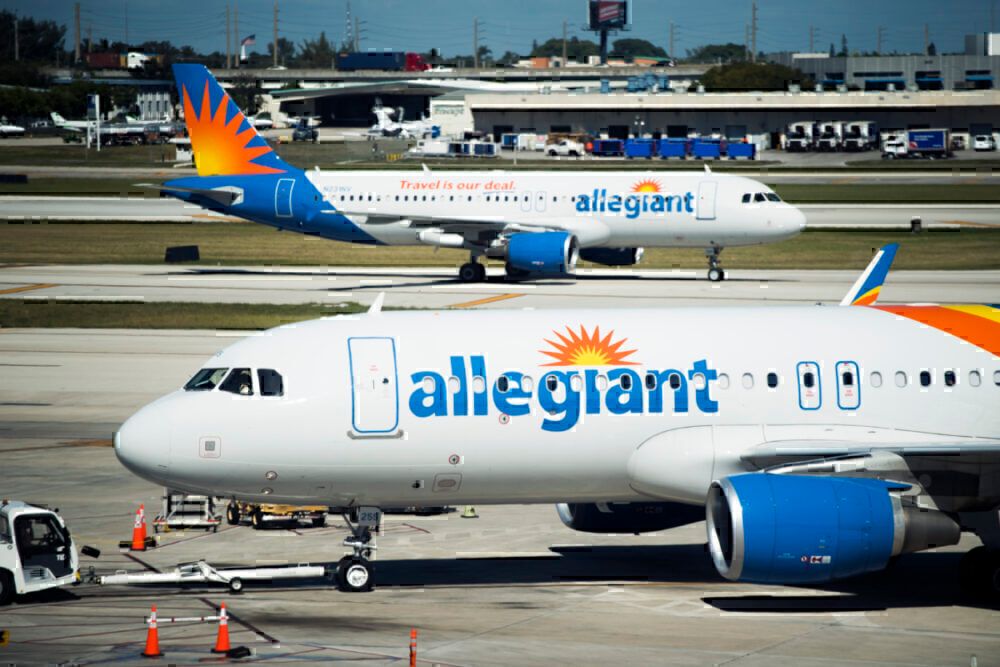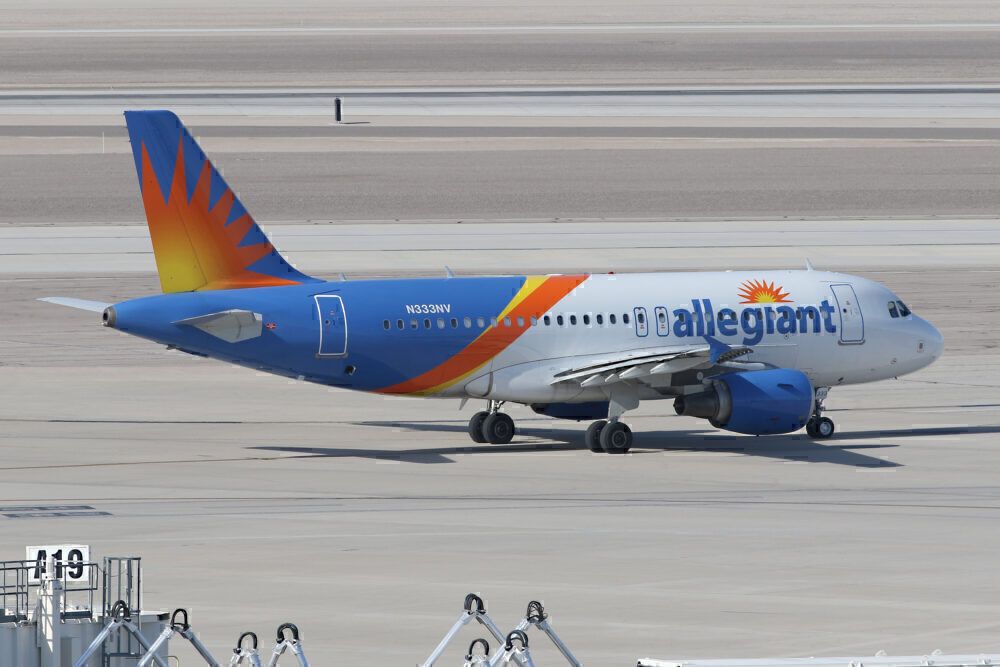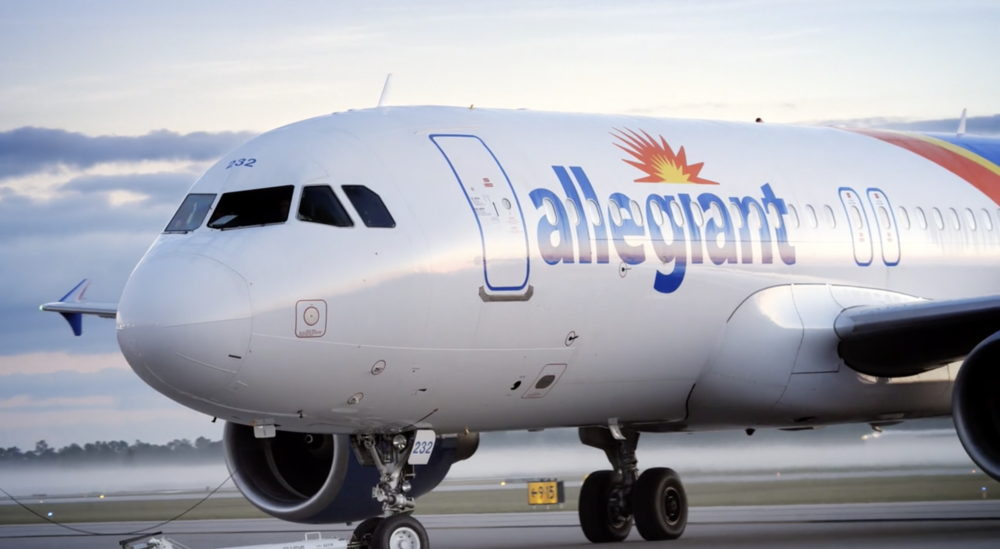American ultra-low-cost carrier (ULCC) Allegiant Air had a difficult 2020, as did nearly every other airline in the US and the world. However, one bright spot for the airline was that its average total ancillary revenue per passenger increased 3% versus 2019. The issue, however, was that Allegiant's average fare decreased, leading the airline to hit a lower average total fare per passenger in 2020, but the airline is set up to do much better in 2021.
Allegiant's ancillary revenue
In 2020, Allegiant's total revenue from passengers hit $902 million. Of that, $453 million came from ancillary air-related charges, which are the airline's ancillary products and offerings.
For Allegiant, ancillary revenues are key, as the airline operates on an ultra-low-cost model with unbundled products. In 2020, just over 50% of the airline's average fare per passenger came from ancillary revenue.
In a breakdown, the airline's average scheduled fare in 2020 was $52.45. Its average air-related ancillary revenue reached $53.03 per passenger, while its third-party ancillary fare brought in $5.43. This brought Allegiant's overall average fare per passenger to $110.91.
For comparison, in 2019, Allegiant Air brought in an average fare from scheduled service of $61.58. Its ancillary air-related charges average was $51.96, while its third-party products came to $4.72, for an overall average total fare of $118.26.
Stay informed: Sign up for our daily and weekly aviation news digests!
The increase in 2020 ancillary revenue
The average total ancillary revenue for Allegiant hit $58.56, which was up three percent from 2019. A 3% growth in ancillary revenue is not a lot compared to the 13.7% growth in average ancillary revenue in 2019 compared to 2018. However, it is still significant in the overall environment.
Allegiant Air was not the only ULCC to see increased ancillary fare growth. Spirit Airlines, a competitor to Allegiant, was also able to increase its average ancillary fares to an impressive point.
Air-related ancillary charges brought Spirit $453.5 million in revenue in 2020 compared to scheduled service, which brought in $435.7 million for Allegiant, making it a year when Allegiant's ancillary revenue was higher than its scheduled service.
What this means for Allegiant
Like nearly every other airline, Allegiant had to lower its fares amid a reduced travel demand in a bid to get more travelers onboard. However, the airline was successful in getting its passengers to pay more in ancillary fees.
Essentially, Allegiant was able to get its passengers to choose the airline with low fares, and it was successful in getting those passengers to pay more in extras than it did in 2019.
Allegiant offers passengers the chance to purchase any number of ancillary products. This includes seat selection, priority boarding, trip flexibility, and food and beverage inflight. Additional fees also apply for baggage. Some of these fees vary from itinerary to itinerary.
In 2021, Allegiant needs to keep its ancillary revenue high. While the carrier expects it will have a pretty great first quarter, with capacity expected to increase compared to the first quarter of 2019.
Ancillary revenues are going to be key for getting the airline back to profitability, as well. The airline knows this and has made one of its goals as "transforming our eCommerce strategy to seek to create a frictionless experience for our customers and drive increased air ancillary and third party revenue generation."
Allegiant's true victory would be to get its average fare and average ancillary fare higher in 2021 and beyond.
Do you think Allegiant will be able to increase its average ancillary fare? Let us know in the comments!




